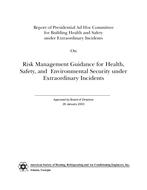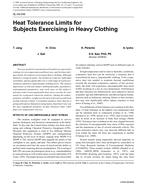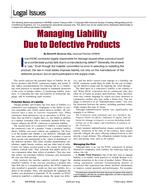Application of insulation materials to building envelopes is a relatively easy and effective way of reducing energy use forspace conditioning and, consequently, limiting the negative environmental impacts from the buildings sector. While insulationmaterials have a positive impact on the environment by reducing energy consumption in buildings, they also have some negativeenvironmental impacts associated with their embodied energy. The total lifetime environmental impacts of insulation materialsare a summation of the following: (1) direct impacts due to their embodied energy and (2) indirect or environmental impactsavoided due to the reduced building energy consumption. The indirect impacts are generally much higher than direct impactsof insulation materials and are often calculated by means of numerical modeling. However, whole-building energy modeling toolsare usually fairly complex, and building managers may require significant training to be able to appropriately use those tools.To aid in this effort, a simplified regression algorithm-based spreadsheet was developed to quantify energy savings potential withoutrequiring whole-building energy simulations. The objective was to develop a simple, Excel-based tool that can be used toestimate the electricity and gas savings due to insulation upgrades by providing only a few parameters (i.e., the building type,floor area, heating and cooling degree days, and solar radiation). The regression tool was based on the simulation study carriedout to estimate the energy savings potential of insulation upgrades of 16 different types of commercial buildings in 15 climaticlocations in the United States.
Citation: Thermal Performance of Exterior Envelopes of Whole Buildings XIII, Conference Papers
Product Details
- Published:
- 2016
- Number of Pages:
- 8
- Units of Measure:
- Dual
- File Size:
- 1 file , 410 KB
- Product Code(s):
- D-BldgConf16-59


